In Linguistics, A Filler Is A Sound Or Word That Is Spoken In Conversation By One Participant To Signal
In linguistics, a filler is a sound or word that is spoken in conversation by one participant to signal to others that he/she has paused to think but is not yet finished speaking. These are not to be confused with placeholder names, such as thingamajig, which refer to objects or people whose names are temporarily forgotten, irrelevant, or unknown.
In Afrikaans, ah, em, and eh are common fillers.
In Arabic, يعني yaʿni (“I mean”) and وﷲ wallāh(i) (“by God”) are common fillers.[2][3][4]
In American Sign Language, UM can be signed with open-8 held at chin, palm in, eyebrows down (similar to FAVORITE); or bilateral symmetric bent-V, palm out, repeated axial rotation of wrist (similar to QUOTE).
In Bengali, mane (“it means”) is a common filler.
In Catalan, eh /ə/, doncs (“so”), llavors (“therefore”), and o sigui (“it means”) are common fillers.
In Czech, tak or takže (“so”), prostě (“simply”), jako (“like”) are used as fillers. Čili (“or”) and že (“that”, a conjunction) might also be others. A person who says jako and prostě as fillers might sound a bit simple-minded to others.[5]
In Danish, øh is one of the most common fillers.
In Dutch, eh, ehm, and dus are some of the more common fillers.
In Esperanto, do (“therefore”) is the most common filler.
In Filipino, ah, eh, ay, and ano are the most common fillers.
In Finnish, niinku (“like”), tota, and öö are the most common fillers.
In French, euh /ø/ is most common; other words used as fillers include quoi (“what”), bah, ben (“well”), tu vois (“you see”), and eh bien (roughly “well”, as in “Well, I’m not sure”). Outside of France, other expressions are tu sais (“you know”), t’sais’veux dire? (“you know what I mean?”), or allez une fois (“go one time”). Additional filler words include genre (“kind”), comme (“like”), and style (“style”; “kind”)
In German, a more extensive series of filler words, called modal particles, exists, which actually do give the sentence some meaning. More traditional filler words are äh /ɛː/, hm, so /zoː/, tja, and eigentlich (“actually”)
In Hebrew, eh is the most common filler. Em is also quite common.
In Hindi, matlab (“it means”) and “Mah” are fillers.
In Hungarian, common filler words include hát (well…) and asszongya (a variant of azt mondja, which means “it says here…”).
In Icelandic, a common filler is hérna (“here”). Þúst, a contraction of þú veist (“you know”), is popular among younger speakers.
In Indonesian (Bahasa Indonesia), anu is one of the most common fillers.
In Italian, common fillers include “tipo” (“like”), “ecco” (“there”) and “cioè” (“actually”)
In Irish Gaelic, abair /ˈabˠəɾʲ/ (“say”), bhoil /wɛlʲ/ (“well”), and era /ˈɛɾˠə/ are common fillers, along with emm as in Hiberno-English.
In Japanese, common fillers include eetto, ano, sono, and ee.
In Kannada,Matte for also,Enappa andre for the matter is are the common fillers.
In Korean, eung, eo, ge, and eum are commonly used as fillers.
In Lithuanian, nu, am and žinai (“you know”) are common fillers.
IN Maltese and Maltese English, mela (“then”), or just la, is a common filler.
In Mandarin Chinese, speakers often say 这个 zhège/zhèige (“this”) or 那个 nàge/nèige (“that”). Another common filler is 就 jìu (“just/precisely”).
In Norwegian, common fillers are øh, altså, på en måte (“in a way”), ikke sant (literally “not true?”, “no kidding”, or “exactly”), vel (“well”), and liksom (“like”). In Bergen, sant (“true”) is often used instead of ikke sant. In the Trøndelag region, skjø’ (“see?” or “understand?”) is also a common filler.
In Persian, bebin (“you see”), چیز “chiz” (“thing”), and مثلا masalan (“for instance”) are commonly-used filler words. As well as in Arabic and Urdu, يعني yaʿni (“I mean”) is also used in Persian. Also, eh is a common filler in Persian.
In Portuguese, tipo (“like”) is the most common filler.
In Romanian, deci /detʃʲ/ (“therefore”) is common, especially in school, and ă /ə/ is also very common (can be lengthened according to the pause in speech, rendered in writing as ăăă), whereas păi /pəj/ is widely used by almost anyone.
In Russian, fillers are called слова-паразиты (“vermin words”); the most common are Э-э (“eh”), это (“this”), того (“that”), ну (“well”), значит (“it means”), так (“so”), как его (“what’s it [called]”), типа (“like”), and как бы (“[just] like”).
In Serbian, znači (“means”) and ovaj (“this”) are common fillers.
In Slovak, oné (“that”), tento (“this”), proste (“simply”), or akože are used as fillers. The Hungarian izé (or izí in its Slovak pronunciation) can also be heard, especially in parts of the country with a large Hungarian population. Ta is a filler typical of Eastern Slovak and one of the most parodied features.
In Slovene, pač (“but”, although it has lost that meaning in colloquial, and it is used as a means of explanation), a ne? (“right?”), and no (“well”) are some of the fillers common in central Slovenia, including Ljubljana.
In Spanish, fillers are called muletillas. Some of the most common in American Spanish are e /e/, este (“this”), and o sea (roughly means “I mean”).[6], in Spain the previous fillers are also used, but ¿Vale? (“right?”) and ¿no? are very common too.
In Swedish, fillers are called utfyllningsord; some of the most common are öhm, ja (“yes”), ba (comes from “bara”, which means “just”), asså or alltså (“therefore”, “thus”), va (comes from “vad”, which means “what”), and liksom and typ (both similar to the English “like”).
In Ukrainian, ой /ɔj/ is a common filler.
In Urdu, yani (“meaning…”), falan falan (“this and that”; “blah blah”), umm, and aaa are also common fillers.
In Telugu, ikkada entante (“Whats here is…”) and tarwatha (“then…”) are common and there are numerous like this.
In Tamil, paatheenga-na (“if you see…”) and apparam (“then…”) are common.
In Turkish, yani (“meaning…”), şey (“thing”), “işte” (“that is”), and falan (“as such”, “so on”) are common fillers.
In Welsh, de or ynde is used as a filler (loosely the equivalent of “You know?” or “Isn’t it?”). Ym… and Y… are used similarly to the English “um…”.
More Posts from Oracleofthepast and Others
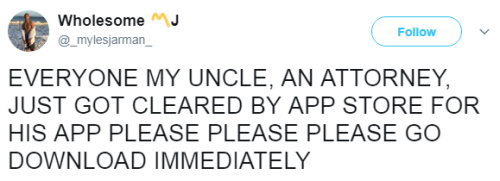

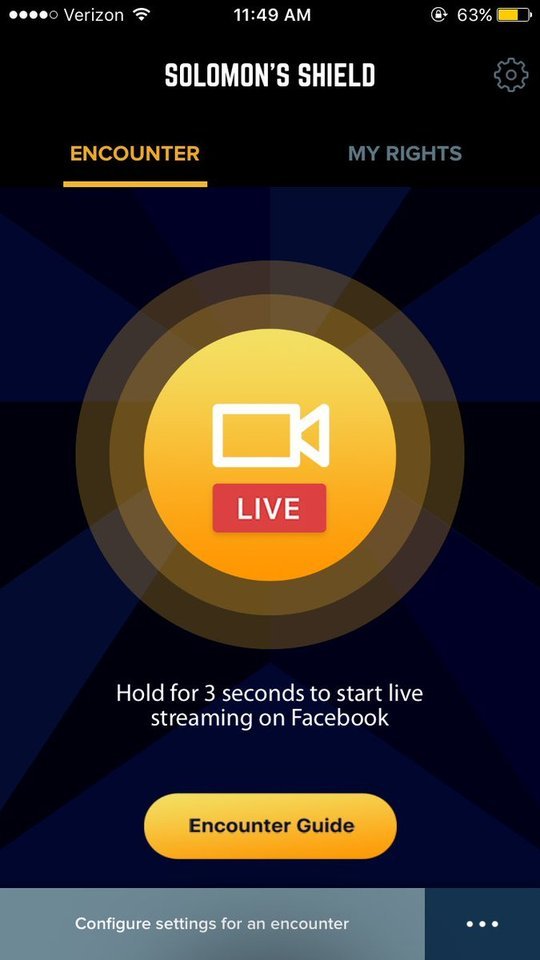

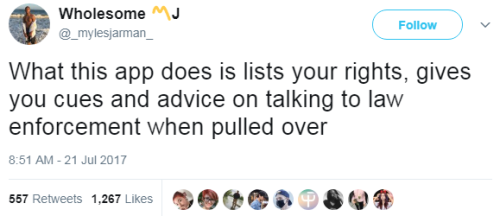
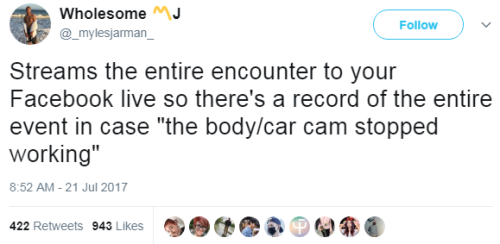
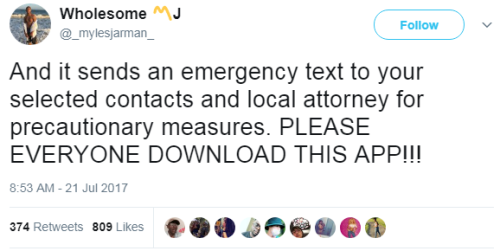
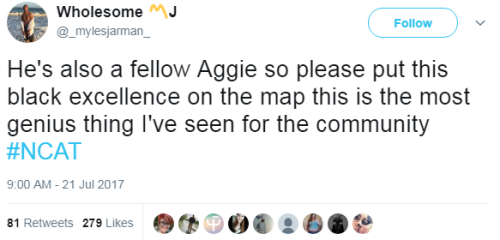
Solomon’s Shield is the name of the app
OMG Download this!!!! Stop Police Brutality!
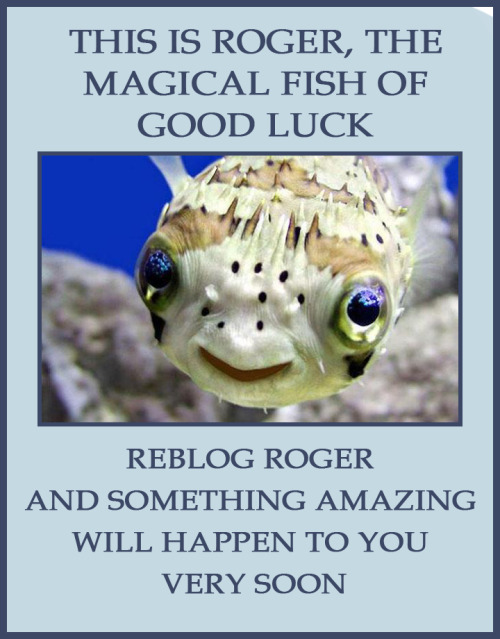



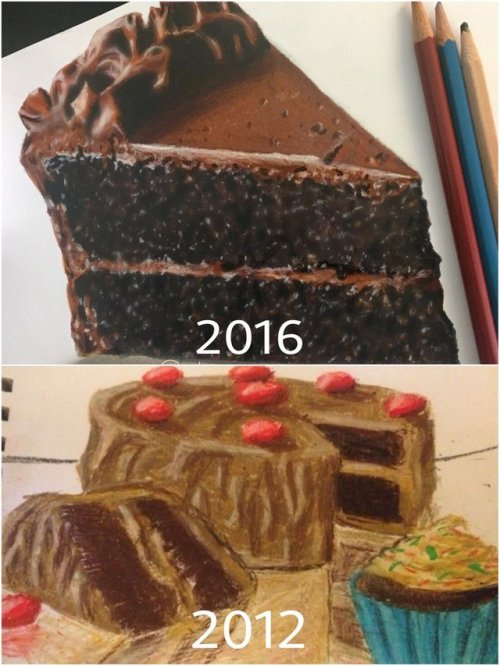
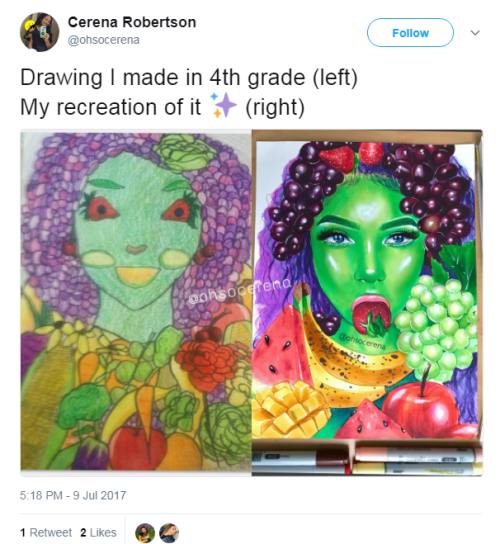


Mad talent 😫
Her Twitter: ohsocerena
Her IG: ohsocerena
(◡‿◡✿)
(ʘ‿ʘ✿) “what you say ‘bout me”
(ʘ‿ʘ)ノ✿ “hold my flower”
Look at those noses!
By: yanyan_harry_happy


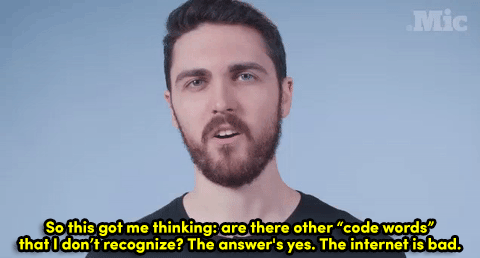
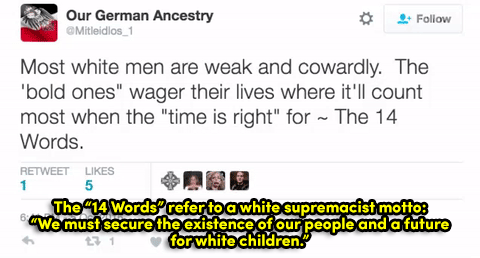
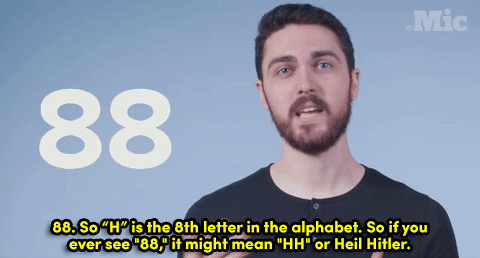
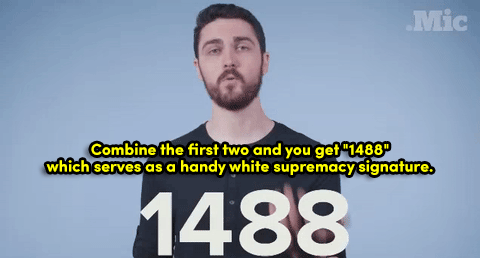




With some of this stuff it’s hard to tell if it’s ironic detachment or genuine racism, but at some point, what’s the f***king difference?
They still could carry many illnesses and it could kill people in poorer communities
If mosquitoes safely sucked fat instead of blood from your body, they would probably be one of the most cherished and exploited insects on the planet

A lot of publicly accessible Google Drive links will no longer be accessible later this year unless their owners opt out of new security enhancements. These enhancements are being brought to Google Drive on September 23rd, 2021, the company announced in a blog post today.
Once this change goes live, Google says that users will need a “resource key” to access a publicly shared link. However, users won’t need an updated link with said resource key appended if they’ve already accessed that file before in the past. As a result of this change, we can imagine that lots of Google Drive links shared online on forums and other sites will no longer work as their owners neglect to update them, leaving them only accessible to the people that have already clicked the links before. This comes after Google also announced similar changes to YouTube’s unlisted videos earlier today.
According to the post made on the Google Workspace blog, this won’t affect all files. Users who have shared a file that is affected by this change will get an email from Google informing them of this change and how to opt out of needing those files from being updated. These emails will be sent out to users starting on July 26th. Google shared a copy of a sample email to show end-users what the message they’ll get will look like. The company doesn’t recommend opting out all files and says that only the files that you want publicly accessible should be opted out. Users have until September 13th to decide if they want the update applied, so if you have no files that are publicly accessible, then you won’t need to do anything.
top 3 underrated phineas & ferb songs go (and do NOT say busted or gitchie gitchie goo)
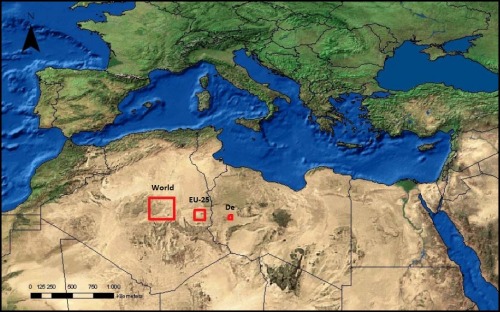
The total area of solar panels it would take to power the world, Europe, and Germany
-
 vi0lentdelights liked this · 3 weeks ago
vi0lentdelights liked this · 3 weeks ago -
 langblr-lo reblogged this · 2 months ago
langblr-lo reblogged this · 2 months ago -
 taintedlav liked this · 2 months ago
taintedlav liked this · 2 months ago -
 laughysaffy-skies reblogged this · 2 months ago
laughysaffy-skies reblogged this · 2 months ago -
 laughysaffy-skies liked this · 2 months ago
laughysaffy-skies liked this · 2 months ago -
 hadespuppy reblogged this · 2 months ago
hadespuppy reblogged this · 2 months ago -
 hadespuppy liked this · 2 months ago
hadespuppy liked this · 2 months ago -
 molly-bloom liked this · 3 months ago
molly-bloom liked this · 3 months ago -
 633nm reblogged this · 4 months ago
633nm reblogged this · 4 months ago -
 633nm liked this · 4 months ago
633nm liked this · 4 months ago -
 puddtoast liked this · 5 months ago
puddtoast liked this · 5 months ago -
 anna17cbm liked this · 6 months ago
anna17cbm liked this · 6 months ago -
 sagehills reblogged this · 8 months ago
sagehills reblogged this · 8 months ago -
 radiant-7 reblogged this · 8 months ago
radiant-7 reblogged this · 8 months ago -
 twadi-gurl reblogged this · 8 months ago
twadi-gurl reblogged this · 8 months ago -
 bakewake liked this · 8 months ago
bakewake liked this · 8 months ago -
 absorbedinlife liked this · 8 months ago
absorbedinlife liked this · 8 months ago -
 hircine-scholar liked this · 9 months ago
hircine-scholar liked this · 9 months ago -
 fool444love liked this · 9 months ago
fool444love liked this · 9 months ago -
 stellula liked this · 9 months ago
stellula liked this · 9 months ago -
 luxaii liked this · 9 months ago
luxaii liked this · 9 months ago -
 thebunnyadventures reblogged this · 9 months ago
thebunnyadventures reblogged this · 9 months ago -
 jnssq reblogged this · 10 months ago
jnssq reblogged this · 10 months ago -
 exactlyclearbread liked this · 10 months ago
exactlyclearbread liked this · 10 months ago -
 unsuccessfullyknown liked this · 11 months ago
unsuccessfullyknown liked this · 11 months ago -
 jordanapearl liked this · 11 months ago
jordanapearl liked this · 11 months ago -
 vesperzis liked this · 11 months ago
vesperzis liked this · 11 months ago -
 entropy-cat liked this · 11 months ago
entropy-cat liked this · 11 months ago -
 thefangirlinawheelchair liked this · 1 year ago
thefangirlinawheelchair liked this · 1 year ago -
 zonkutonshorrifyingpeenie reblogged this · 1 year ago
zonkutonshorrifyingpeenie reblogged this · 1 year ago -
 smallmilo reblogged this · 1 year ago
smallmilo reblogged this · 1 year ago -
 wolvesandwerewolvesbaby liked this · 1 year ago
wolvesandwerewolvesbaby liked this · 1 year ago -
 le-blanc-et-la-noire liked this · 1 year ago
le-blanc-et-la-noire liked this · 1 year ago -
 mamabylove liked this · 1 year ago
mamabylove liked this · 1 year ago -
 ladyartichokie reblogged this · 1 year ago
ladyartichokie reblogged this · 1 year ago -
 ladyartichokie liked this · 1 year ago
ladyartichokie liked this · 1 year ago -
 quonunc reblogged this · 1 year ago
quonunc reblogged this · 1 year ago -
 aquariuspearl14 liked this · 1 year ago
aquariuspearl14 liked this · 1 year ago -
 juniperize liked this · 1 year ago
juniperize liked this · 1 year ago -
 cinegb reblogged this · 1 year ago
cinegb reblogged this · 1 year ago -
 nerdykidbird liked this · 1 year ago
nerdykidbird liked this · 1 year ago -
 unripe-lemon reblogged this · 1 year ago
unripe-lemon reblogged this · 1 year ago -
 unripe-lemon liked this · 1 year ago
unripe-lemon liked this · 1 year ago -
 the-bearer-of-bad-ideas reblogged this · 1 year ago
the-bearer-of-bad-ideas reblogged this · 1 year ago -
 tl-c-sugarskulls liked this · 1 year ago
tl-c-sugarskulls liked this · 1 year ago -
 sasplaysatlanguages reblogged this · 1 year ago
sasplaysatlanguages reblogged this · 1 year ago -
 hermionebutwithmath reblogged this · 1 year ago
hermionebutwithmath reblogged this · 1 year ago -
 hermionebutwithmath liked this · 1 year ago
hermionebutwithmath liked this · 1 year ago -
 unprojects liked this · 1 year ago
unprojects liked this · 1 year ago
